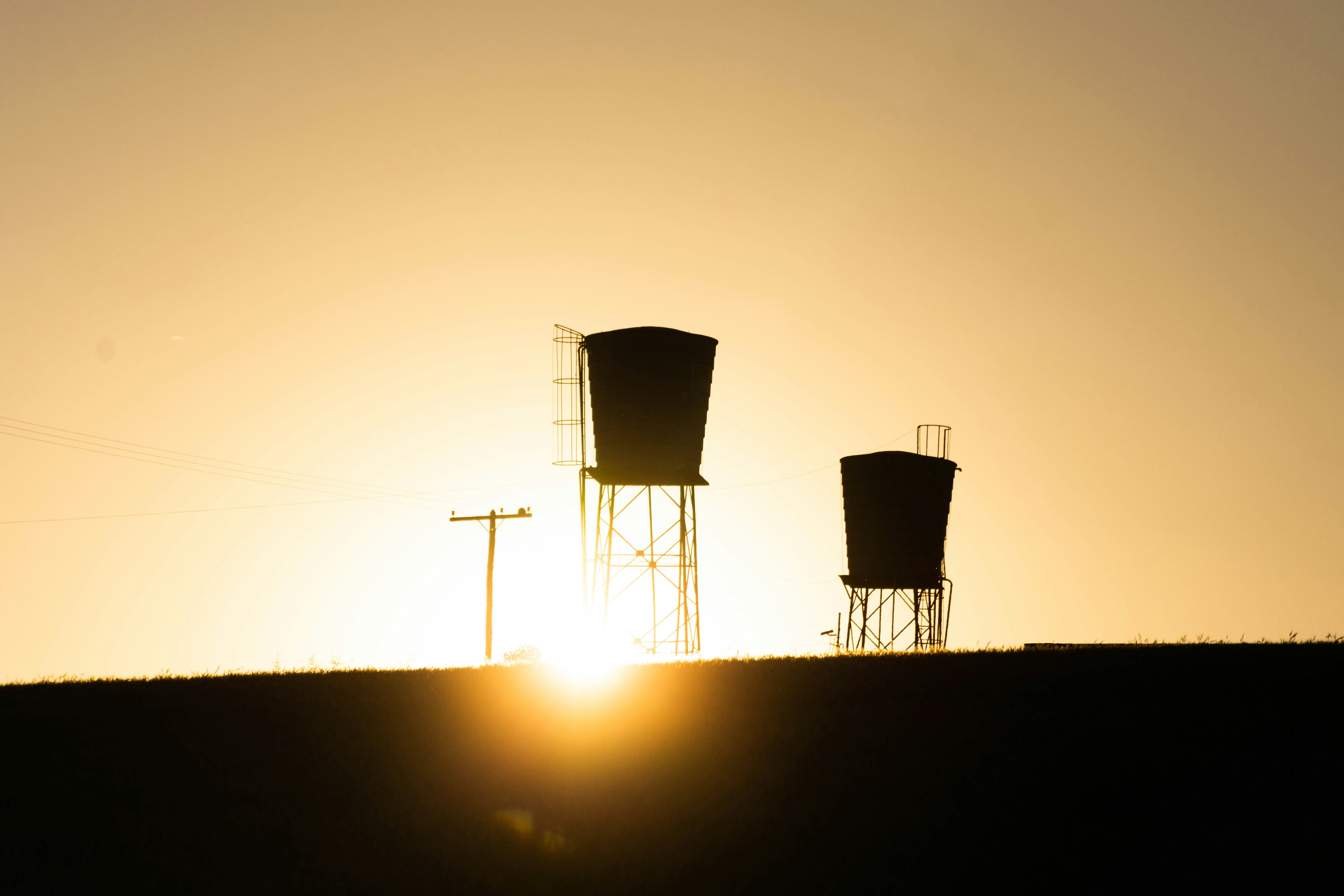The role of robotics and automation in industrial cleaning

Strong 8k brings an ultra-HD IPTV experience to your living room and your pocket.
In the modern industrial landscape, maintaining cleanliness is not merely about aesthetics; it's a critical component of operational efficiency, safety, and compliance. Traditional cleaning methods, often labor-intensive and inconsistent, are increasingly being supplemented or replaced by robotic and automated solutions. These technologies are transforming industrial cleaning by enhancing efficiency, ensuring consistency, and improving safety standards.
Evolution of Industrial Cleaning
Historically, industrial cleaning relied heavily on manual labor, involving tasks such as sweeping, scrubbing, and disinfecting large facilities. While effective to an extent, these methods posed challenges, including high labor costs, variability in cleaning quality, and exposure of workers to hazardous environments. The advent of automation and robotics has addressed many of these issues, introducing machines capable of performing complex cleaning tasks with minimal human intervention.
Types of Robotic Cleaning Systems
Autonomous Floor Cleaners: Equipped with advanced sensors and AI algorithms, these robots navigate complex environments to clean expansive floor areas efficiently. They can operate continuously, reducing the need for manual intervention and ensuring consistent cleaning quality. For instance, robotic floor cleaners have been reported to cover up to 2,000 square meters per hour while maintaining consistent quality standards.
Window Cleaning Robots: Designed for high-rise buildings and expansive glass surfaces, these robots utilize vacuum suction systems and laser-guided navigation to clean windows safely and effectively. They eliminate the need for human workers to perform dangerous tasks at elevated heights, thereby enhancing safety.
Disinfecting Robots: Utilizing ultraviolet (UV) light or other sanitization methods, these robots efficiently disinfect surfaces, reducing the risk of viral transmission. Their application has become particularly significant in healthcare settings, where maintaining sterility is paramount.
Tank and Tube Cleaning Robots: Specialized for cleaning confined and hazardous spaces such as industrial tanks and pipelines, these robots are equipped with high-pressure cleaning systems and remote operation capabilities, ensuring thorough cleaning without exposing human workers to risks.
Benefits of Robotics and Automation in Industrial Cleaning
Enhanced Efficiency: Robotic cleaners operate continuously without fatigue, completing tasks faster than human workers. This continuous operation is particularly beneficial in large industrial settings where downtime for cleaning can be costly.
Consistent Quality: Automation ensures uniformity in cleaning, reducing variability and maintaining high hygiene standards. This consistency is crucial in industries where cleanliness directly impacts product quality and safety.
Cost Savings: While the initial investment in robotic systems can be significant, the reduction in labor costs and increased operational efficiency often result in long-term savings. For example, adopting floor-cleaning robots has led to a 40% reduction in cleaning times and a 25% cost savings on labor in some logistics companies.
Improved Safety: Robots can perform tasks in hazardous environments, such as cleaning chemical spills or operating in extreme temperatures, thereby reducing the risk of injury to human workers.
Data-Driven Insights: Many robotic systems are equipped with sensors that collect data on cleaning performance, allowing organizations to optimize cleaning protocols and resource allocation effectively.
Challenges and Considerations
Despite the numerous advantages, integrating robotics into industrial cleaning presents challenges:
High Initial Investment: The cost of purchasing and implementing robotic systems can be substantial. However, this should be viewed as a long-term investment that can lead to significant savings over time.
Maintenance Requirements: Robotic systems require regular maintenance to ensure optimal performance. Establishing a maintenance schedule and training staff accordingly is essential.
Workforce Adaptation: The introduction of robotics may lead to resistance from employees concerned about job security. Transparent communication and training programs can facilitate a smoother transition and demonstrate how robots can augment human labor rather than replace it.
Case Studies
Maritime Industry: The implementation of AI-powered underwater robots for hull cleaning has resulted in a 13% reduction in diesel consumption for ferry operations. These robots prevent biofouling, thereby reducing drag and improving fuel efficiency.
Healthcare Facilities: The adoption of UV disinfection robots in hospitals has led to a 30% reduction in the spread of infections, highlighting the effectiveness of robotic solutions in maintaining sterile environments.
Future Outlook
The market for cleaning robots is experiencing significant growth. According to research, the global robotic floor scrubber market was valued at $178.9 million in 2022 and is projected to reach $575.6 million by 2032, growing at a compound annual growth rate (CAGR) of 12.8% from 2023 to 2032. This growth is indicative of the increasing reliance on robotic solutions in industrial cleaning.
Advancements in artificial intelligence, machine learning, and sensor technologies are expected to further enhance the capabilities of cleaning robots, making them more adaptable and efficient. Additionally, as industries continue to prioritize sustainability, robotic systems that optimize energy and resource usage will become increasingly valuable.
Conclusion
The integration of robotics and automation in industrial cleaning represents a paradigm shift towards more efficient, consistent, and safe cleaning practices. While challenges exist, the long-term benefits, including cost savings, improved safety, and enhanced cleaning quality, position robotic cleaning solutions as a critical component of modern industrial operations. As technology continues to evolve, the role of robotics in industrial cleaning is set to expand, driving innovation and setting new standards in hygiene and maintenance.
Note: IndiBlogHub features both user-submitted and editorial content. We do not verify third-party contributions. Read our Disclaimer and Privacy Policyfor details.






